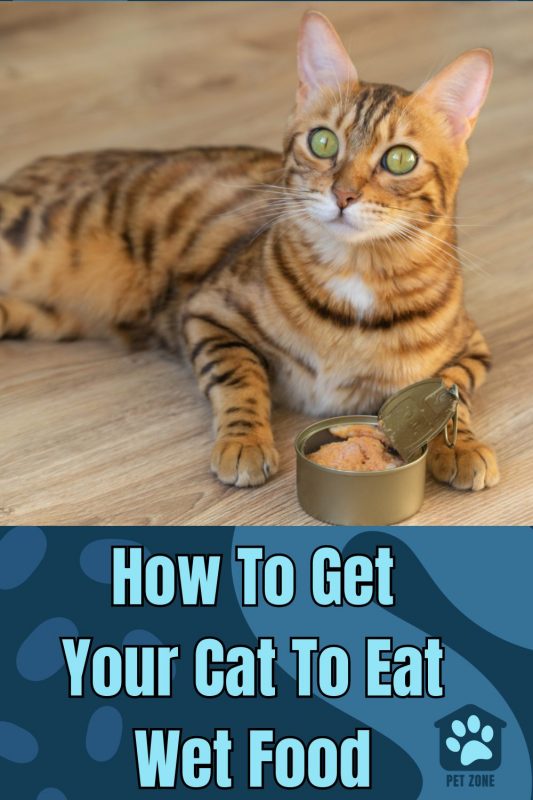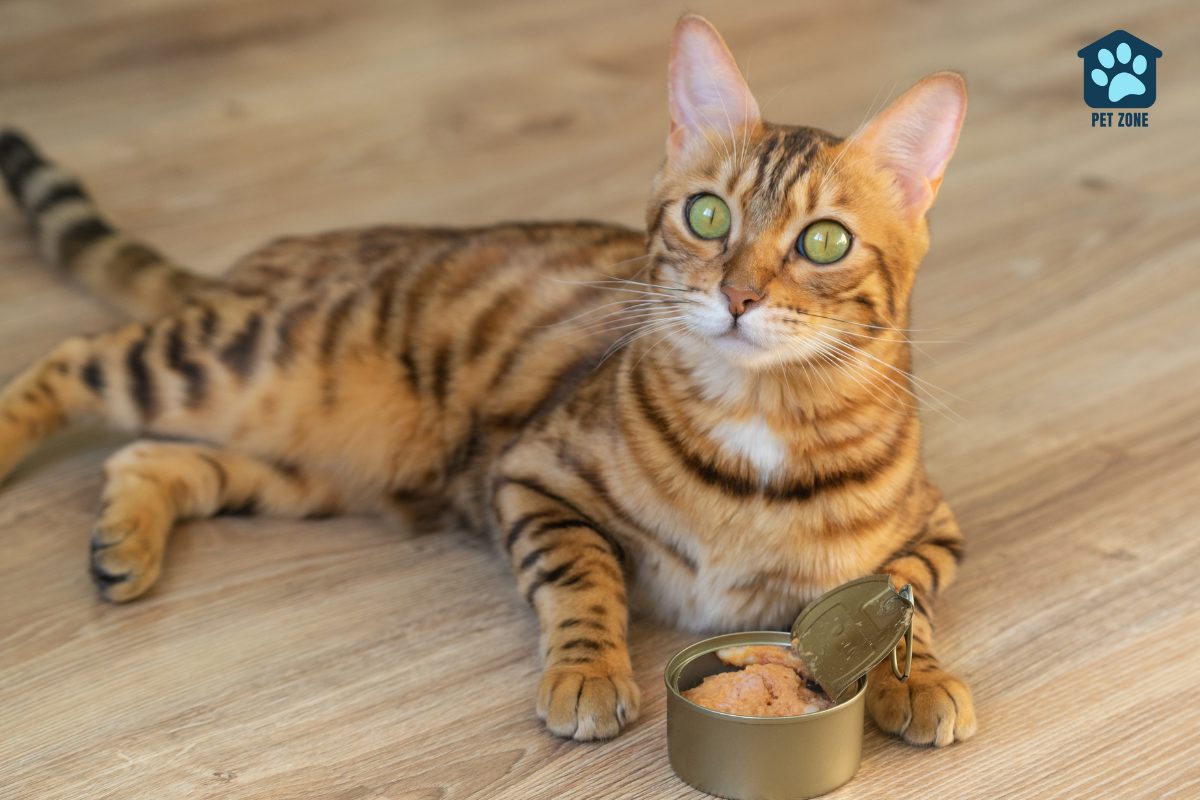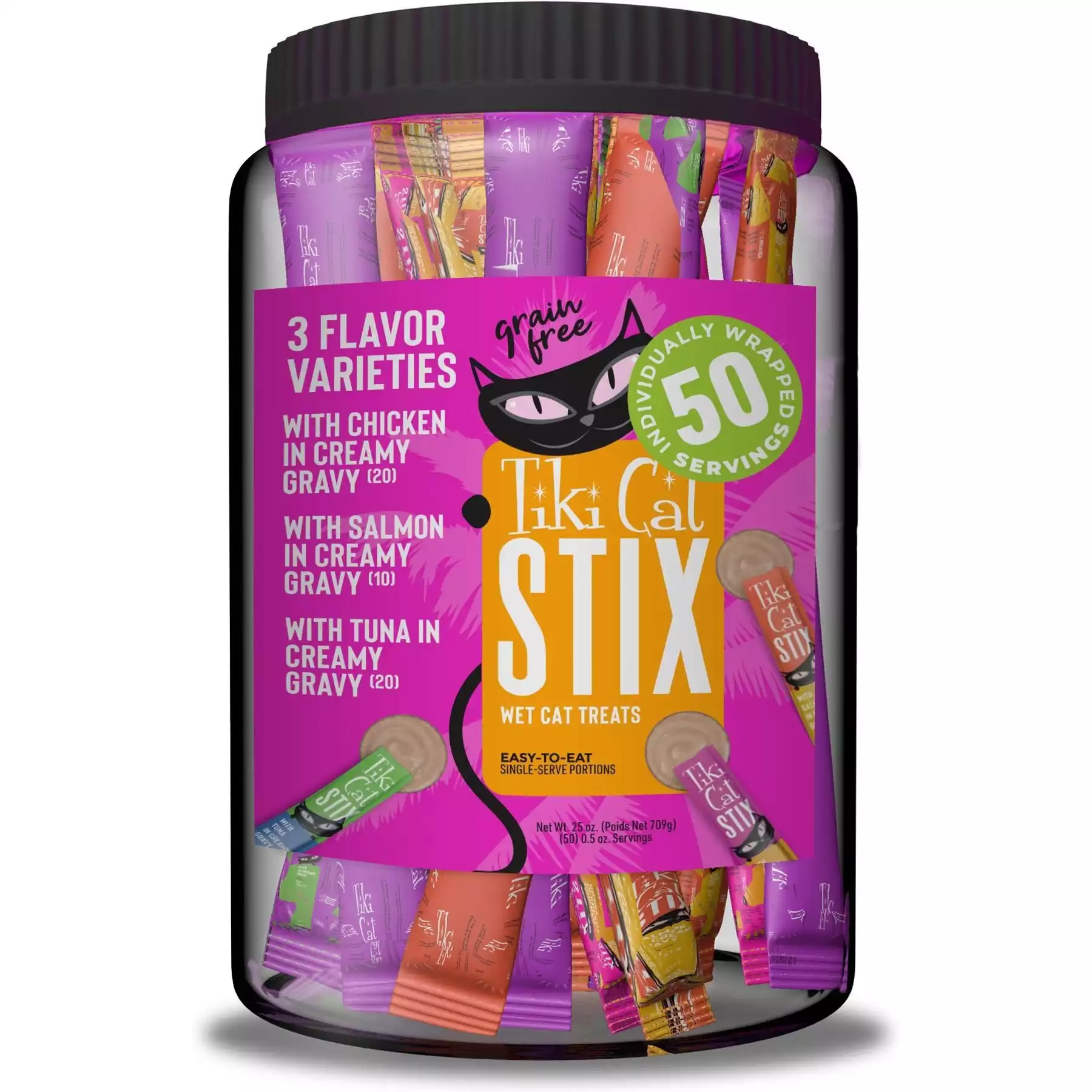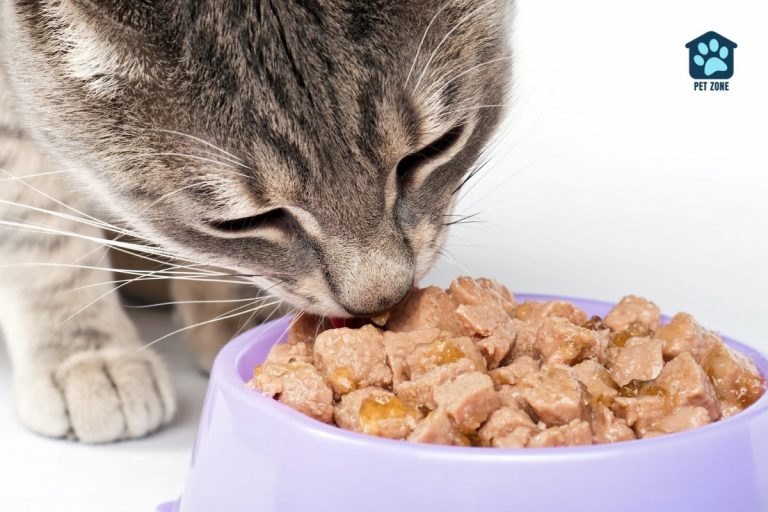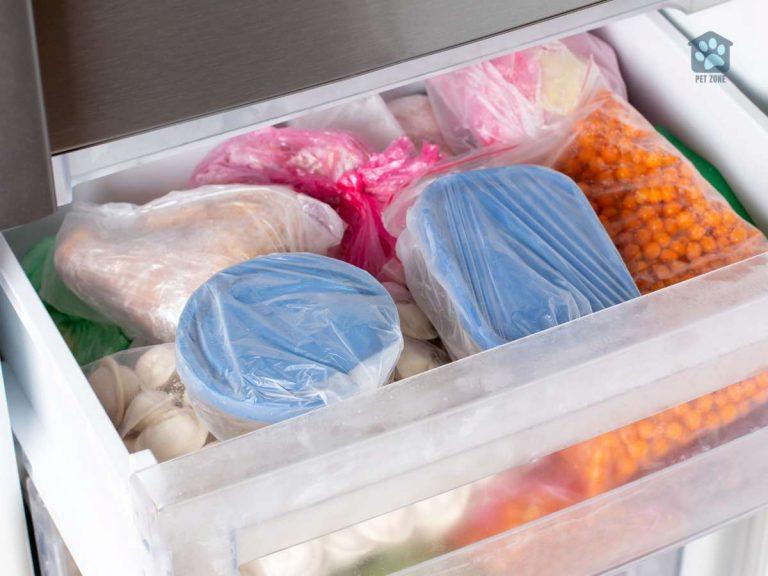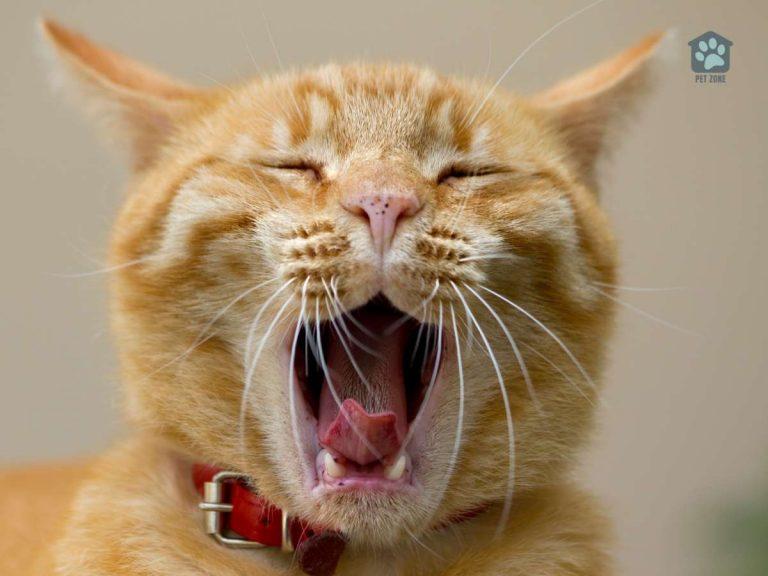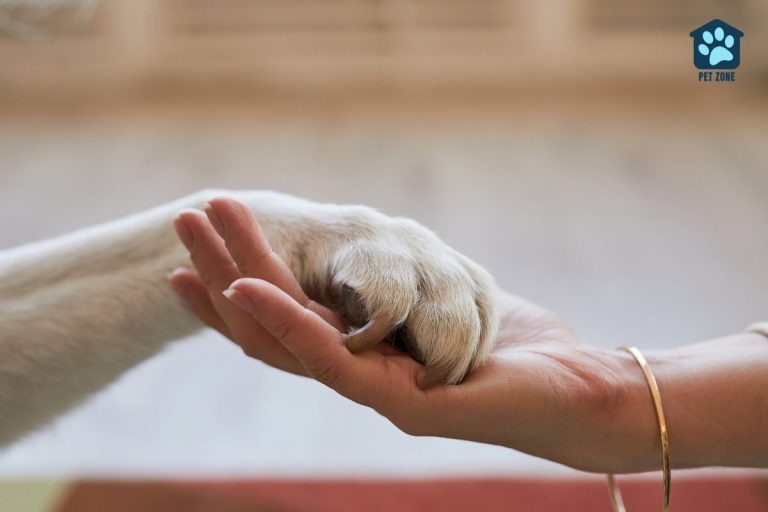Estimated reading time: 14 minutes
Are you finding that your whiskered companion turns up their nose at wet food? You’re not alone. Many cat owners face the challenge of having a fussy feline that seems sworn to dry kibble and nothing else. But getting your kitty to switch gears and enjoy the benefits of wet food doesn’t have to be a battle.
One important fact to remember is that a mixed diet, incorporating both wet and dry foods, can help ensure your cat stays hydrated and receives all the necessary nutrients. The good news is, with some patience and clever tactics, even the most stubborn cat might learn to love wet food.
This article will walk you through why cats may resist new food choices, why they could benefit from including more canned meals in their routine, and practical strategies for making this dietary transition smoother. Ready for happier mealtimes? Keep reading!
Key Takeaways
- Mix wet and dry food gradually, starting with a small amount of wet food to help your cat get used to the new taste and texture.
- Use treats like tuna water mixed into the wet food as an incentive for your cat to try it. Be patient, as some cats need time to adjust.
- Warm up the wet food to enhance its smell, making it more appealing to your cat. Check the temperature before giving it to them.
- Create a quiet and peaceful place for your cat’s mealtimes so they can eat without stress or distractions.
- Offer different types of wet food flavors and textures because variety can make meals more exciting for your cat.
Understanding Why Cats May Reject Wet Food
I’m sure you’re well aware that cats can be picky eaters! One reason that cats like dry food so much is the texture of the dry kibble they have been eating. Some cats enjoy crunchy bites and find the softness of canned food less appealing. It’s similar to how some people favor chips over mashed potatoes.
Also, the smell of wet cat food is different from dry, and some cats take time to get used to new things. If you’ve suddenly switched from dry to wet, your cat may be unsure and refuse to eat what’s unfamiliar.
To make the transition easier, you can mix a small amount of wet with dry or even add an irresistible treat like tuna on top of the canned food.
Remember that change takes time, especially for your furry friend who enjoys routine meals. Patience is key as you slowly help them explore new flavors and textures in their diet.
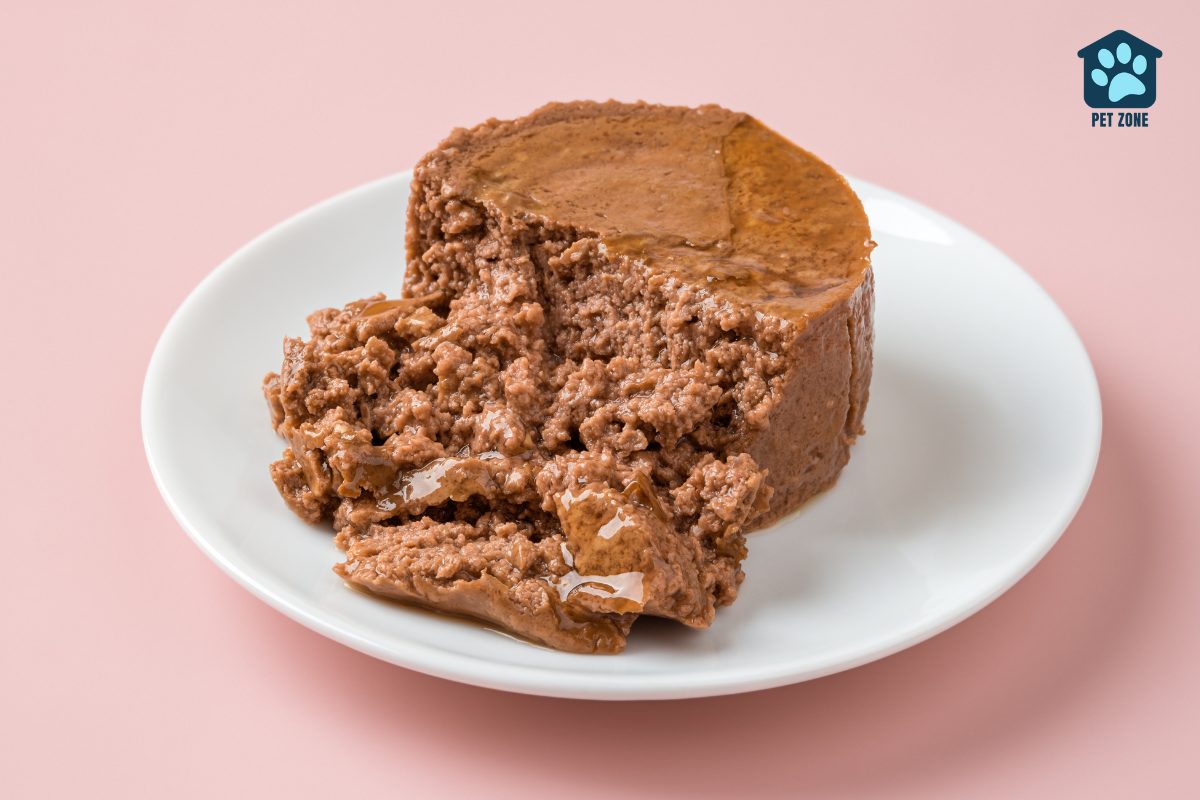
The Benefits of Feeding Your Cat Wet Food
Feeding your cat wet food is a smart move for their health. Wet food gives them the water they need, which helps their kidneys and bladder stay healthy.
This type of food can also mean fewer calories for your cat—which is good if you’re keeping an eye on their weight.
Wet food has another bonus—it’s like a treat but healthier. It’s packed with protein and has less filler than dry kibble, making it closer to what cats would naturally eat in the wild.
Your furry friend may enjoy having wet food as part of their diet or even just as a special snack. Plus, mixing a bit of wet with dry every now and then can keep things interesting for picky eaters!
How to Transition from Dry to Wet Cat Food
Gradual introduction
Switching your cat from dry cat food to wet food can be tricky. Cats can be set in their ways, especially when it comes to what they eat. A gentle way to start is by mixing a little bit of wet food with their regular dry food.
They’ll get a taste for the new flavor without the shock of a completely different meal.
Keep things simple and don’t rush it. Add just a small amount of wet food at first. You may also try using treats your cat loves, like a spoonful of tuna water, mixed into the wet food.
This makes the new food smell and taste more appealing. Patience is key; some cats will take time to get used to these changes in their diet but stick with it, and you’ll see progress!
Mixing wet and dry food
If your cat is resistant to the switch, try mixing a small amount of wet food with their dry food at mealtime. Over time, gradually increase the proportion of wet food while reducing the amount of dry food.
Additionally, you can introduce an irresistible treat like canned tuna in spring water mixed with wet food to entice your cat to eat it. This gradual transition method helps cats get used to the taste and texture of wet food without causing sudden dietary changes.
Consider gently rubbing a bit of canned food or juice on your cat’s gums as this may spark their interest in wet food. It’s important not to rush this process and allow your cat time and space to adjust at their own pace.
Using canned food juice to tempt the cat
Mix some canned food juice with your cat’s regular wet food to make it more enticing. You can also try rubbing a bit of the canned food or its juice on your cat’s gums to pique their interest in the taste and texture of wet food.
This gentle approach can help your cat become accustomed to the new diet. Additionally, offering wet food before dry food at meal times may encourage your feline friend to eat the wet food when they are hungry, gradually making them more receptive to this change.
Remember that gently coaxing and giving your cat time and space to adjust can be beneficial during this transition period. It’s important for you as a pet owner to remain patient and persistent as some cats may initially resist changes in their diet.
Strategies for Encouraging Your Cat to Eat Canned Food
Patience and consistency
Transitioning your cat to a wet food diet requires patience and consistency. Cats may take time to adjust, so it’s essential to stay persistent and not give up. Keep offering the wet food regularly, even if your cat initially refuses.
Stick to a feeding schedule and avoid abruptly changing back to dry food if your cat doesn’t eat the wet food right away. Over time, with patience and consistent efforts, most cats will eventually come around to eating the new diet.
Remember, sudden changes in a cat’s behavior or eating habits should be monitored closely. If your cat stops eating wet food unexpectedly, consult with a veterinarian for guidance on how best to address any potential health concerns that may be affecting their appetite.
Mealtime scheduling
Establishing a consistent mealtime schedule for your cat plays a crucial role in encouraging them to eat wet food. Cats thrive on routine, so sticking to regular feeding times can help them feel more comfortable with the new food.
Try putting down the wet food first before offering any dry food, as this can prompt your cat to eat the wet food when they are most hungry. You should also ensure that you’re providing a quiet and stress-free environment for mealtime, allowing your cat to focus on eating without distractions or anxiety.
Additionally, giving your cat time and space to adjust is important when it comes to establishing a new mealtime schedule. This approach may help reduce their resistance to change and increase their willingness to try wet food during designated feeding times.
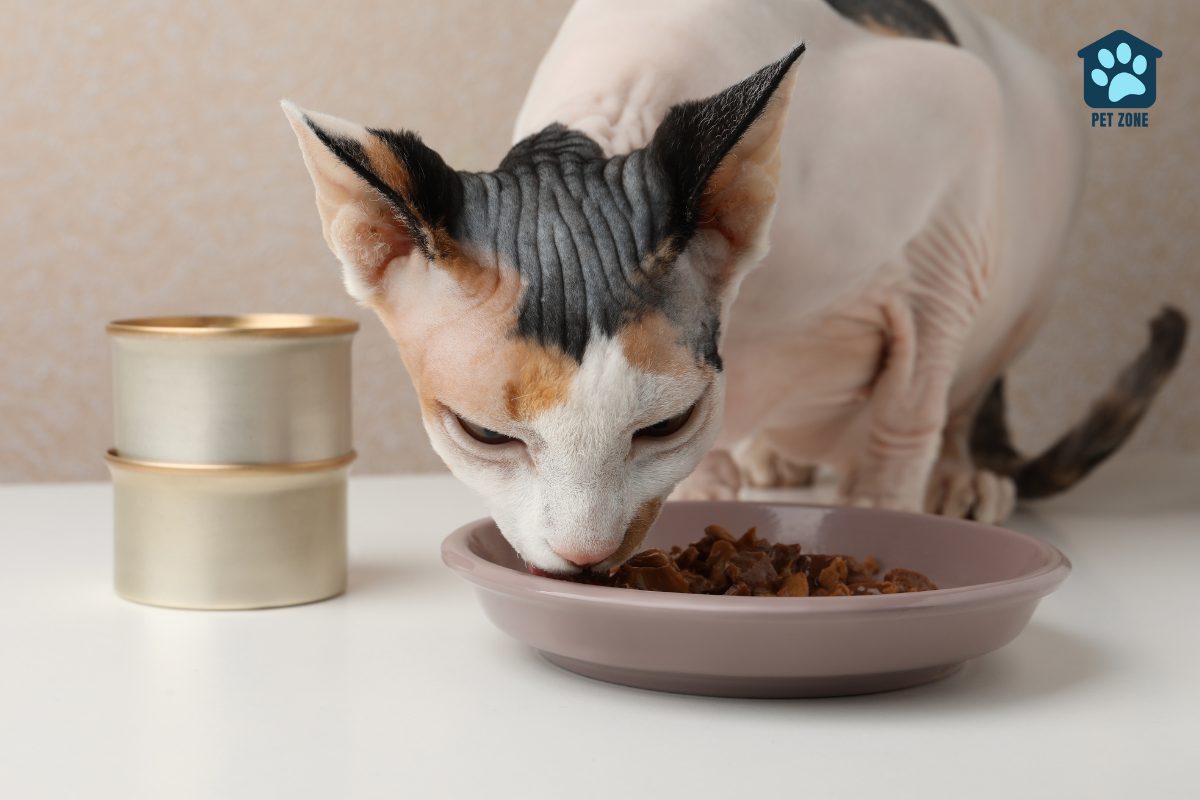
Using treats as incentives
Mix wet food with an irresistible treat, like canned tuna in spring water, to entice your cat. Start by introducing a small amount of wet food mixed with dry food if your cat is resistant to the change.
Gently rub some canned food or juice on the cat’s gums to spark their interest in the taste and texture of wet food. It’s essential to be patient and persistent when transitioning your cat to wet food; some cats may be finicky and resistant to change.
Establish a routine and give your cat time and space to adjust; this can help them get used to eating wet food. Follow good hygiene principles when feeding your cat wet food for their safety and health.
Offer wet food first before putting down dry food so your cat can eat it when they are hungry, aiming for a mixed diet of both types of pet foods for balanced nutrition. Dry biscuits should not be the sole basis of your cat’s meal plan due to their high calorie and low moisture content.
Offering a variety of food options
To encourage your cat to eat wet food, it’s vital to provide a variety of options. Try different flavors and textures, such as pate, chunks in gravy, or shredded varieties. Some cats prefer fish-based food while others may prefer poultry.
Experiment with various brands and protein sources to see what your cat enjoys. Additionally, rotating between different flavors can prevent your cat from getting bored with their food.
Remember that offering a selection of food options makes mealtimes more exciting for your furry friend.
It is often recommended to give both wet and dry food as part of your cat’s diet. By providing diverse choices, you are ensuring that they receive necessary nutrients while catering to their individual preferences – this also helps maintain interest in their meals over time.
Warming up the food
Heat the wet food slightly before offering it to your cat. This can bring out the aroma and make it more appealing. You can warm it up by placing the canned food in a bowl of warm water for a few minutes. Be sure to check the temperature afterward to prevent burning your cat’s mouth.
If you microwave the wet food, mix it well and test its temperature before serving it to your cat. Remember that some cats prefer their food at room temperature, so observe how your cat responds to warmed-up meals.
Feeding in a quiet, stress-free location
Find a peaceful, quiet spot to feed your cat. Choose an area away from noise and distractions. This will help reduce stress during mealtime and create a calming environment for your pet.
Remember that cats are sensitive to their surroundings, so providing a tranquil space can encourage them to enjoy their food without any disturbances.
Creating a calm eating space can benefit your cat’s overall well-being. Giving them the chance to eat in peace reduces anxiety and promotes healthy digestion. Ensuring that they feel safe while they dine is essential for encouraging positive eating habits.
Observing other cats eating wet food
Watch how other cats enjoy their wet food. Cats often learn from each other, so observing a fellow feline eating wet food might encourage your cat to give it a try. Place your cat where they can see another cat enjoying their meal of wet food.
This visual stimulation could spark interest in your own cat and prompt them to eat the wet food too. While cats have individual preferences, they are also influenced by what they observe in their environment.
If you notice that another cat is happily indulging in canned food, this positive example may inspire your own feline friend to follow suit. It’s an instinctive behavior for animals to observe and learn from each other, so using this natural tendency could help persuade your cat to start eating wet food.
Hand-feeding
If observing other cats eating wet food doesn’t quite persuade your feline friend to give it a try, you can try hand-feeding. This involves offering small amounts of wet food directly from your hand to encourage your cat to taste and eventually enjoy it.
Hand-feeding allows you to control the pace at which your cat eats and gives them the chance to associate the positive experience of being fed with the new food. It’s an effective way to build their confidence and comfort with wet food while also strengthening the bond between you and your pet.
Gently place a small amount of wet food on your finger or palm and offer it to your cat, allowing them to smell and lick it off without any pressure. Gradually increase the amount of wet food offered through hand-feeding as they become more receptive.
Playtime before meals
Engage your cat in active playtime just before meals to work up their appetite and make them more eager to eat. Playing with your cat can help stimulate their hunting instincts and create a sense of excitement around mealtime, making them more receptive to trying wet food.
Use toys that encourage physical activity, like feather wands or laser pointers, for about 10-15 minutes before offering the wet food. This can help build a positive association between play and eating, making it more likely for your cat to enjoy their wet food meals.
Encouraging playful activities before serving meals not only helps increase your cat’s interest in food but also provides important mental and physical stimulation. Keeping play sessions fun and interactive can help ensure that your cat stays engaged and active while also creating a pleasant environment for introducing new types of foods.
Wet food as a reward
After engaging your cat with playtime before meals, another effective strategy to encourage them to eat wet food is using it as a reward. You can offer small portions of wet food as treats throughout the day or during training sessions to associate positive experiences with the new type of food.
This can help create a positive connection in your cat’s mind between wet food and something enjoyable, making them more likely to accept it as part of their regular diet.
Another way to use wet food as a reward is by offering it after playtime or grooming sessions. This creates an incentive for your cat and reinforces the idea that eating wet food comes with pleasurable moments, increasing their willingness to consume it regularly.
If you are looking for a tasty and healthy wet food snack, my cats Zelda and Zander love these treats–and I love that they are getting extra water in their diets!
Tiki Cat Stix are creamy, single-serve treats that your cat will love. They can also be used as a dry food topper, adding moisture to food. The added taurine, balanced calcium and phosphorus promote healthy growth and development.
- Made with high quality protein
- Prebiotics help to gently aid digestion
Adding appealing garnish to the food
Enhance your cat’s interest in wet food by adding an appealing garnish. Try sprinkling a little bit of the juice from the canned food on top to entice them with the aroma and flavor.
You can also add a small amount of bonito flakes, which are dried fish flakes often enjoyed by cats. These tactics can help make the wet food more attractive and enticing for your cat, encouraging them to give it a try.
If you find that your cat is hesitant about eating wet food, experiment with different garnishes and observe what sparks their interest. Small changes like these can go a long way in piquing your cat’s curiosity and getting them to enjoy their new diet.
Recognizing the Best Canned Cat Food
When choosing the best canned cat food, look for options that have high moisture content and are labeled as “complete and balanced” to ensure your pet receives all necessary nutrients.
Check the ingredients list and opt for products with real meat listed as the first few ingredients, avoiding those with excessive fillers or artificial additives. Additionally, consider your cat’s specific dietary needs, such as weight management or sensitivities, when selecting canned food.
It’s important to consult with a veterinarian to determine the most suitable option based on your cat’s individual health requirements.
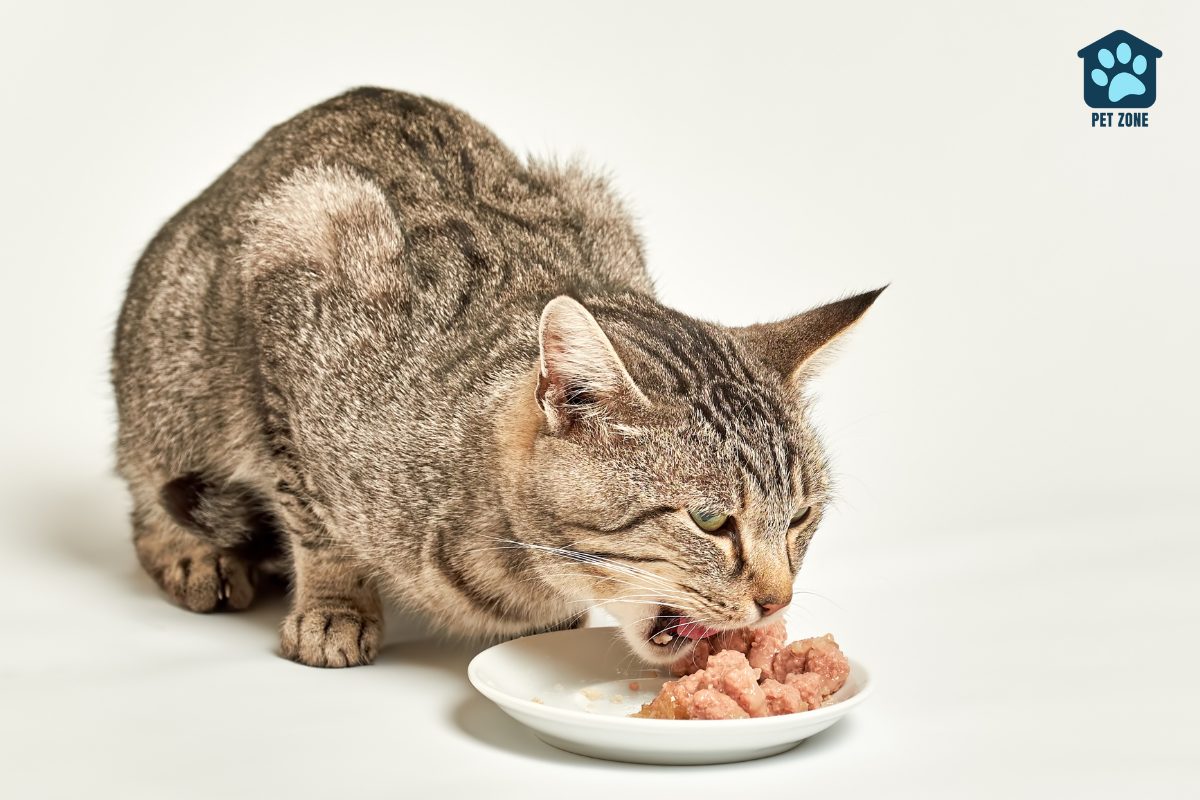
Conclusion
In conclusion, successfully transitioning your cat to eat wet food requires patience and consistency. By following the practical strategies outlined in this article, such as mixing wet food with irresistible treats and establishing a routine, you can efficiently encourage your cat to embrace a healthier diet.
Providing a balanced mix of wet and dry food is crucial for your cat’s overall well-being. Remember, be persistent and monitor your cat’s behavior closely during this transition period.
With dedication and the right approach, you can ensure that your feline friend receives the nutrition they need for a happy and healthy life.
Frequently Asked Questions
Cats can get more water from wet food, and it’s often better for their health. Dry food is okay, but some cats would benefit from the extra moisture in canned food.
Begin by mixing a little bit of wet food with their usual dry food. Over time, increase the ratio of wet to dry until they’re only eating the canned stuff.
Try not to worry – most cats won’t go without food for too long. Put the new wet food down for 20 minutes and see if they’ll try it, then take it away regardless if they don’t try eating after 20 minutes have passed. Keep doing this so your cat knows there is only wet food available during mealtime.
Yes! Try adding a bit of water to dilute the wet part mixed into the dry–like sprinkling pepper on your own dish–or even try dipping some kibble in the juice of canned fish or chicken flavor, which might help picky eaters give it a shot!
Not exactly wrong, but pet experts highly suggest mixing in some canned meals because those extra calories and hydration are good for them!
Keep an eye on their weight — you might need to weigh them regularly while switching foods as every kitty is different!. If you’re worried, check how much your vet suggests feeding them each day.
As an Amazon Associate I earn from qualifying purchases.
